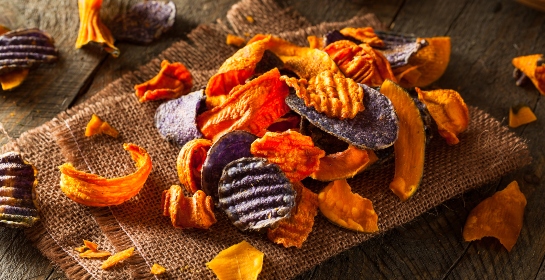Natural Colors and Flavors: When Artificial Won’t Do
Artificial just won’t do any longer in foods, beverages and supplements, so formulators must look to natural sources to color and flavor products that are attractive to consumers. Both colors and flavors play an enormous role in the success of a finished product; if a product doesn’t look or taste good, it wont sell. But in this new norm of clean label, consumers are demanding products free from artificial flavors and synthetic colors, and brands across the globe are responding by reformulating to meed demand. Case in point: Kraft’s Macaroni & Cheese was able to eliminate its artificial colors and flavors without consumers really noticing a difference. By March 2016, three months after removing all artificial flavors, preservatives and dyes, the brand reported selling more than 50 million boxes of its revamped mac and cheese, which used natural coloring from paprika, annatto and tumeric in place of yellow dyes No. 5 and No. 6.
Brands are working with ingredient suppliers that are usin the latest technologies to create brilliant hues and incredible flavors that carry a clean label halo. An FMCG Gurus survey of 25,000 consumers in 25 countries conducted in the first quarter of 2019 found 73% of respondents hold “100% natural” to be an important quality in food and drink. Sixty-one percent considered such products “healthy,” and 41% viewed them as better for the environment. These sentiments reflect a broader lean toward health, wellness and mindful eating that encompasses everything form “natural” and ” clean” ingredients to organic and non-GMO agriculture, “free-from” diets, sustainability and transparency.
Kid-friendly products still receive scrutiny. “Parents watch their children’s diets very closely,” noted Roger Lane, marketing manager, Sensient Flavors. “So, there’s a specific push to reformulate kid-centric categories such as breakfast cereals, sweet and salty snacks and prepared meals like macaroni and cheese.” Of course, what qualifies as “natural” isn’t a global matter but depends on how local authorities regulate the term. If a brand adds a colorant- even a naturally derived one- to a formulation where it wound’t have occurred naturally, it can’t declare it natural on the label.
Impacts and profiles of flavors and colors are improving by the season as suppliers invest in new technologies and sourcing strategies. Joshua Jackson, application technologist at Sensient Flavors, said the inferiority of natural flavors is a common misconception. “They’re typically made with the same combination of aroma compounds,” he noted, and “both natural and artificial aroma compounds provide the same flavor impacts and profiles when used in formulation.”
Read the full article here
Contact us to see how Sensient can be your partner in creating fresh, authentic and flavorful experiences for your consumers!
